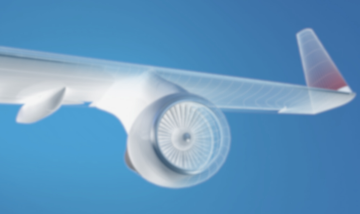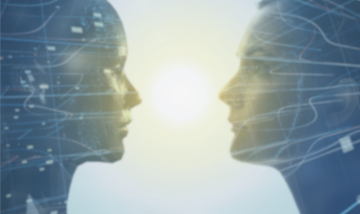Artificial Intelligence
Mit Künstlicher Intelligenz (KI) können bisher ungelöste komplexe Fragestellungen auf vielfältige Weise beantwortet werden. Die RISC Software GmbH unterstützt Ihr Unternehmen bei der Anwendung von KI.
Seit der Gründung im Jahr 1992 durch Prof. Bruno Buchberger forscht und entwickelt die RISC Software GmbH für die Wirtschaft. Dabei werden in einzigartiger Weise die Kernkompetenzen Symbolisches Rechnen, Mathematik und Informatik im Rahmen der Geschäftsbereiche Logistik-Informatik, Industrielle Softwareanwendungen, Medizin-Informatik und Domänenspezifische Applikationen zur Entwicklung praxisgerechter Softwarelösungen eingesetzt.

Mit Künstlicher Intelligenz (KI) können bisher ungelöste komplexe Fragestellungen auf vielfältige Weise beantwortet werden. Die RISC Software GmbH unterstützt Ihr Unternehmen bei der Anwendung von KI.

Entdecken Sie die Möglichkeiten der Simulation, Optimierung und Prognose für Produktion und Industrie und profitieren Sie vom effizienteren Einsatz von Ressourcen sowie von höherer Produktionsqualität und -effizienz.

Mit smarten Technologien aus den Bereichen Data Engineering und Künstliche Intelligenz unterstützt die RISC Software GmbH Unternehmen bei der effizienten Verarbeitung und Analyse von Daten, Texten und Bildern.

Die RISC Software GmbH hilft Ihnen bei der Entwicklung individueller Lösungen durch tiefgreifendes Know-how über geometrische Modellierung sowohl in der industriellen Fertigung als auch für medizinische Anwendungsfälle.

Die RISC Software GmbH unterstützt Sie bei der Entwicklung maßgeschneiderter Softwarelösungen zur Etablierung von holistischen digitalen Zwillingen für die virtuelle Produktentwicklung und für Produktionsprozesse.

Digitale Produkte, so individuell wie Ihr Business! Die RISC Software GmbH ist Ihre effiziente Umsetzungspartnerin, wenn es um effektive Softwarelösungen geht. Von der Idee über die Umsetzung, das Rollout und die Weiterentwicklung steht sie Ihnen langfristig zur Seite.
Wir fusionieren seit mehr als 30 Jahren Software Engineering, Mathematik, Agilität, Forschung und Technologie zu einem einzigartigen Gesamtpaket. Als außeruniversitäre Forschungseinrichtung arbeiten wir nicht für den maximalen finanziellen Gewinn, sondern wollen unseren Teil zu einer besseren Welt beitragen. Von grundlagennaher Forschung für Start-Ups, anwendungsorientierter Forschung & Entwicklung und langjährigen Engineering Projekte für internationale Konzerne bieten wir ein breites Aufgabenfeld für unsere Mitarbeiter*innen.
